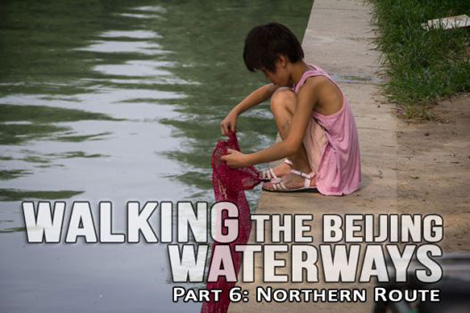Photographer sees value in 1,000 words
Updated: 2013-05-16 13:46
By Xu Jingxi in Guangzhou (China Daily)
|
|||||||||||
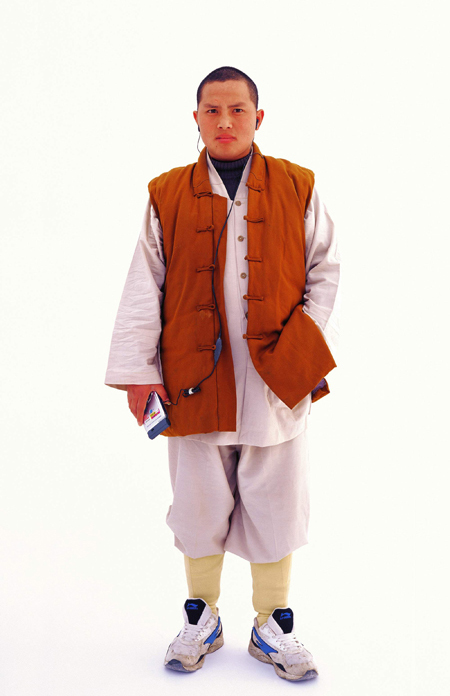 |
|
A monk at Shaolin Temple, Henan province, listens to an MP3 player. Hei Ming |
Each of Hei Ming's projects take the documentary photographer years to finish. They are time consuming not only because of the number of people photographed - usually more than 100 - but also because Hei spends time getting to know his subjects and writing detailed mini-essays on the background of each picture.
Hei will spend days chatting or even living with a person before taking a shot.
"You won't get a good portrait unless you know the person well," says Hei, who lived in Shaolin Temple and made friends with the monks when he worked on the photo essay Shaolin Monks in 2003.
Related:
Hei Ming's latest project attempts to write the history of nameless soldiers who sacrificed for China in the War of Resistance against Japanese Aggression. More...
Hei managed to capture intimate images in the temple, such as a young Shaolin monk listening to an MP3 player.
His in-depth research provides Hei with material for the 1,000-word mini-essays he writes to accompany each photo.
Some photographers offer little explanation of their subject, allowing the viewer to develop their own understanding of the picture, but this can also leave people baffled. Hei values the power of words in this very visual age.
"Only when documentary photos are supported by appropriate words can they appeal to more readers. After all, compared to written language, photographic language is still lacking in popularity and is difficult for many people to understand," Hei says.
Gu Zheng, a judge of the 2012 World Press Photo competition and the first person from China to join the award's final-round panel, applauds Hei's efforts to offer detailed written explanations of historical context in his latest project, Memories of Tian'anmen Square.
"Hei has realized photography's limit in rebuilding memories," Gu says.
Hei's photos are simple but strong. He presents storytelling details in his photos, such as medicine on a bedside table, which achieves a strong visual impact without tricks of light and shadows or using complicated composition.
Hei followed a simple daily routine when working on Memories of Tian'anmen Square: He went out at 7 am to Tian'anmen Square for photo shoots that took a whole day. In the evening he returned home to write and communicate with his next subject.
Many people would be exhausted sticking to such a grueling schedule for five years, but Hei is the type of person "who will act once he comes up with an idea and carries on until it is realized", according to photography critic Chen Xiaobo.
Hei's passion for his work was evident when he presented a lecture at a university in Guangzhou in late April, when he was able to instantly and fluently recount the story of each person who appeared in his slideshow presentation.
Neither fame nor money drives the photographer's hard work. He spent 150,000 yuan ($24,400) out of his own pocket on the project Memories of Tian'anmen Square, paying for round-trip tickets for his interviewees who traveled to Beijing from across the country.
"You can find the digital version of this photo collection online so don't buy it. The book's price is too high for you students," Hei told the audience in Guangzhou, prompting applause.
"After all, I'm not doing documentary photography to sell books. I do it to express my ideas about life and society, and my goal is achieved as long as these ideas come to you no matter in what way."
Related Stories
French photography on display at 798 2013-05-14 17:43
History in images 2013-05-14 00:40
Photos depict 'Chinese Brady Brunch' living the American dream 2013-05-13 16:16
Mao photograph sells for $55,300 at Beijing auction 2013-05-13 10:14
David Beckham at soccer match 2013-05-06 16:09
Photos of 19th-century Beijing to be auctioned in London 2013-05-06 10:54
Today's Top News
Tech has key role in boosting imports
Foreign investment sought in industrial upgrade
EU telecom threat fuels trade tensions
Cabinet to reduce red tape
Taiwan to investigate slaying
Demand for gold at record high in Q1
Doubled Greece-China trade by '15
More places at elite universities for rural students
Hot Topics
Lunar probe , China growth forecasts, Emission rules get tougher, China seen through 'colored lens', International board,
Editor's Picks
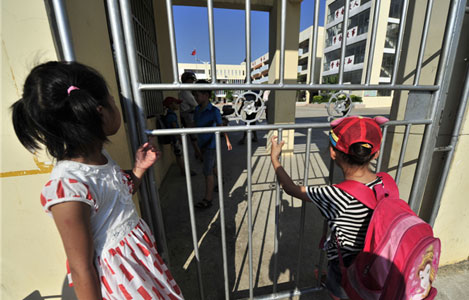
|

|

|
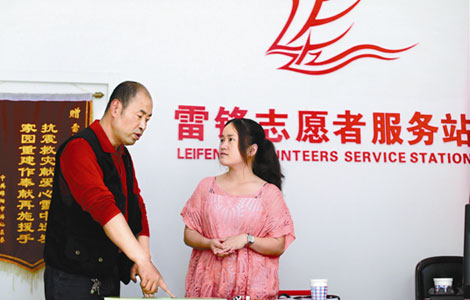
|

|
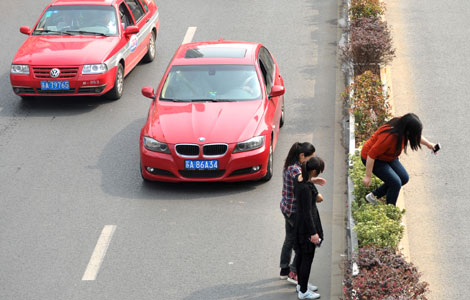
|
